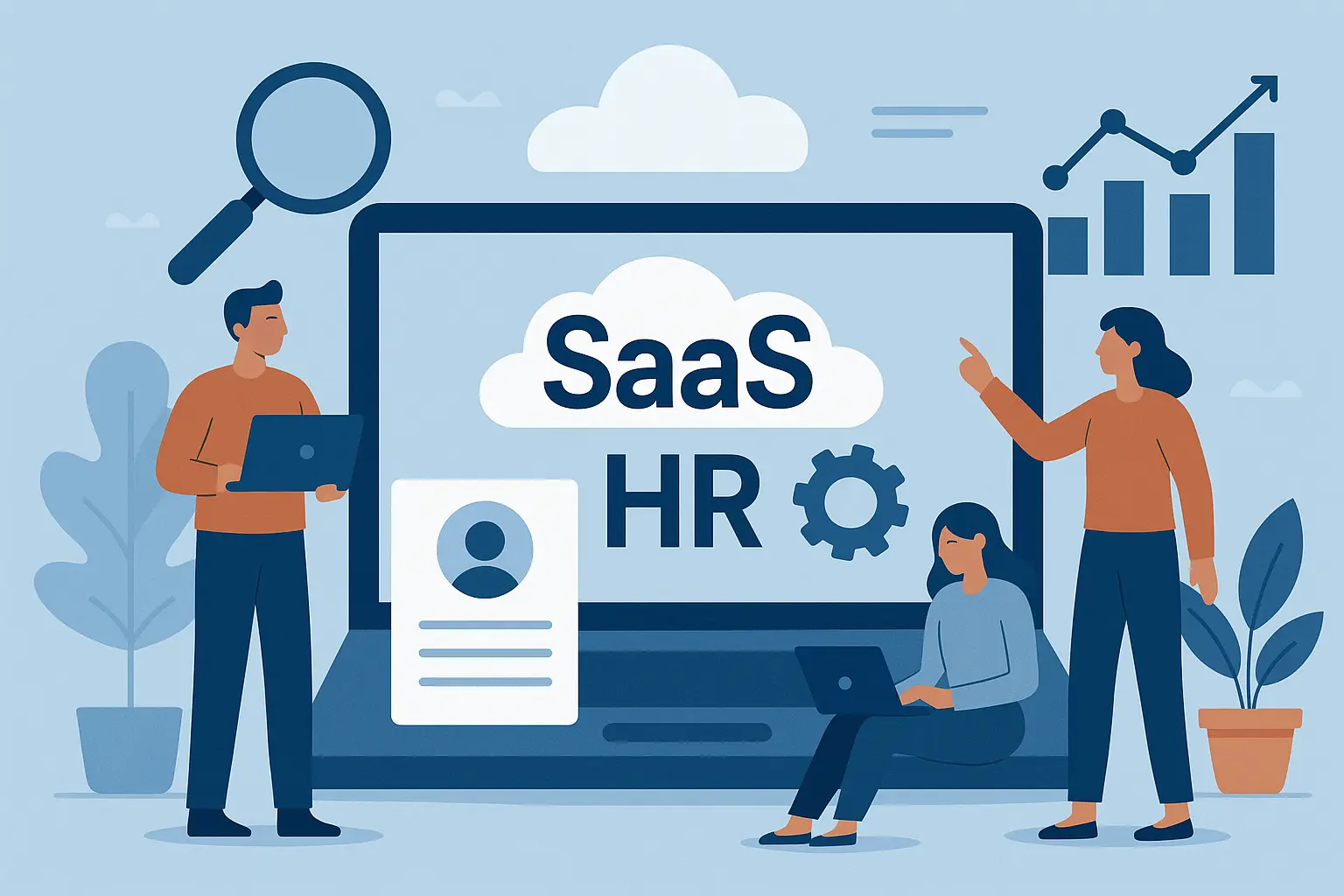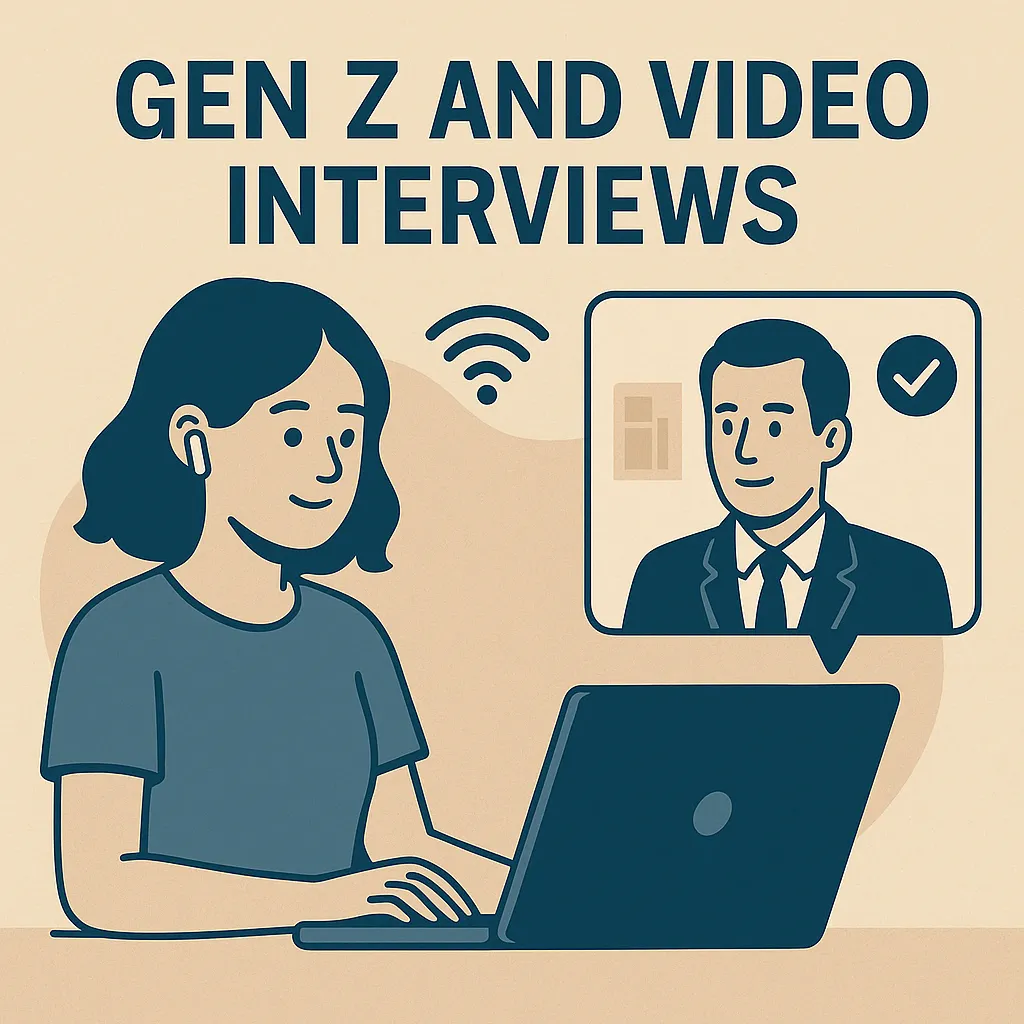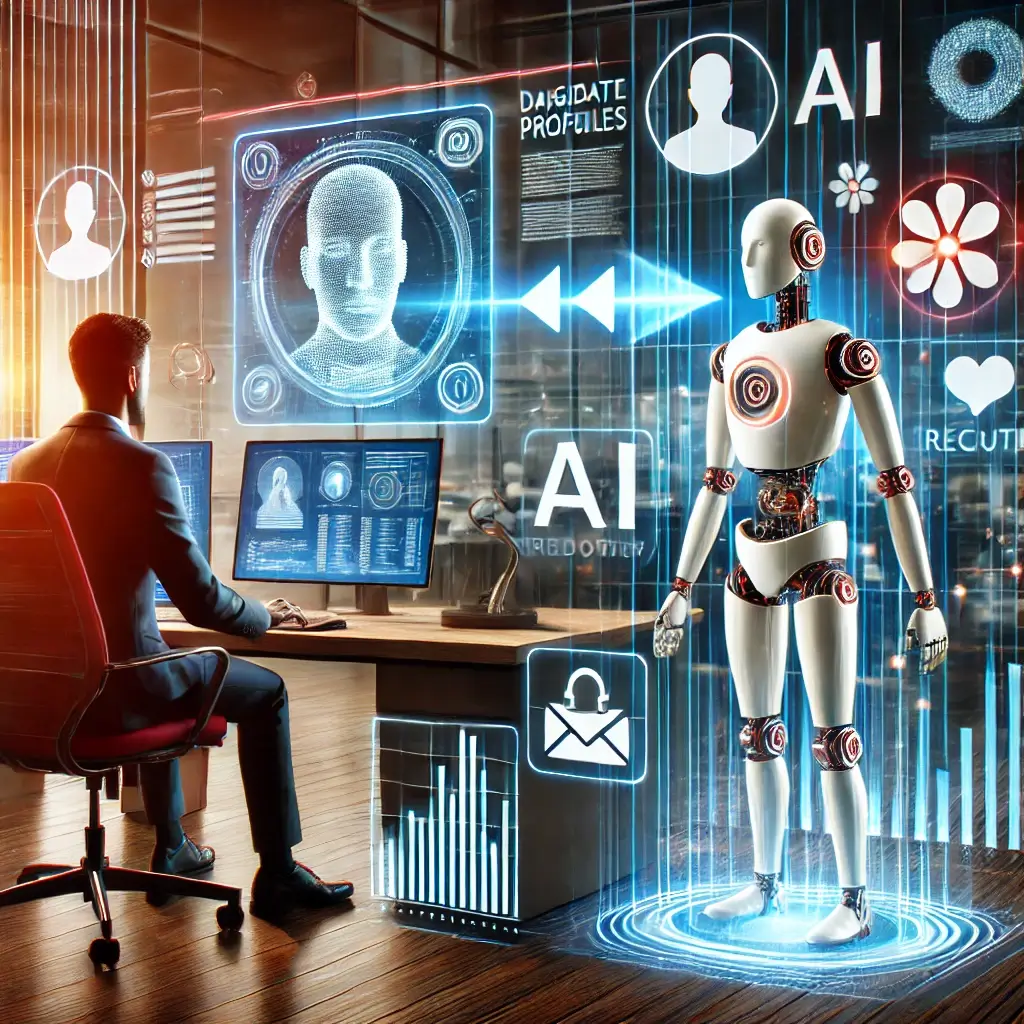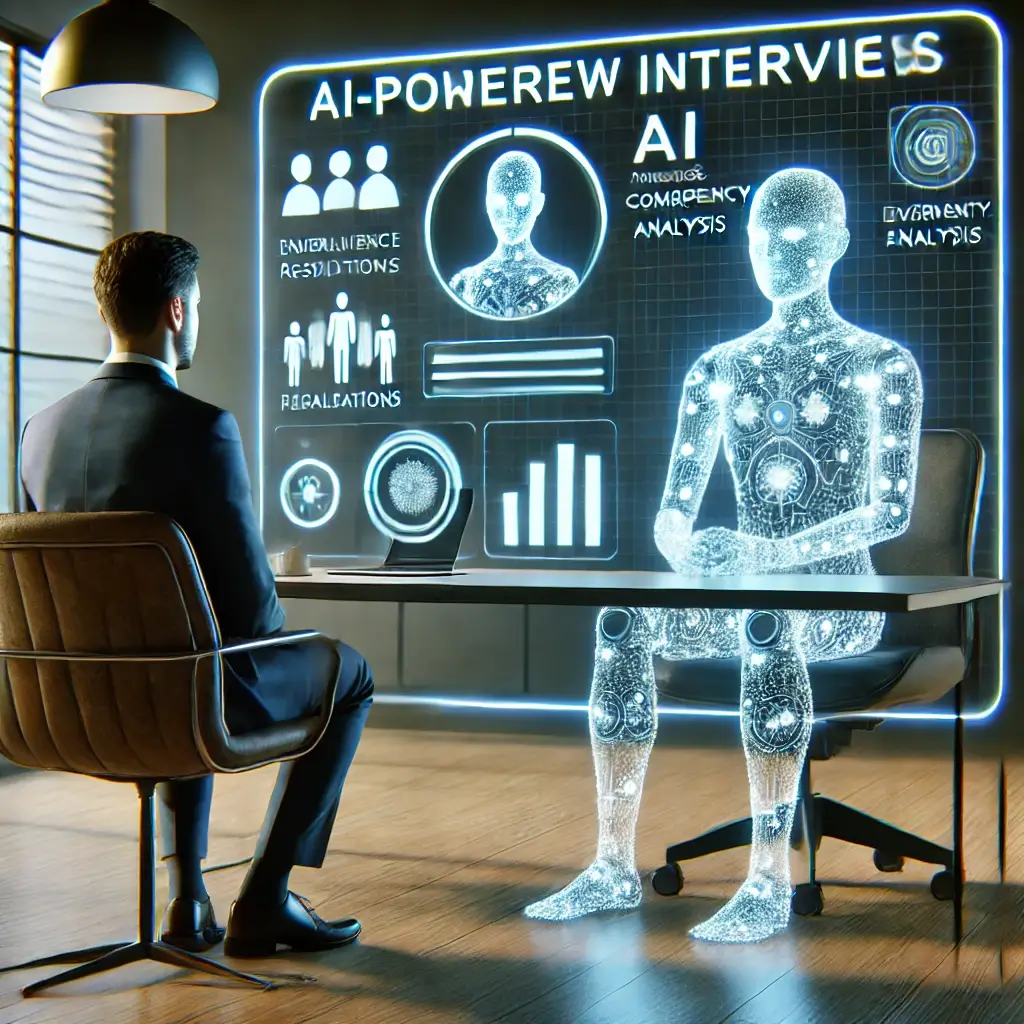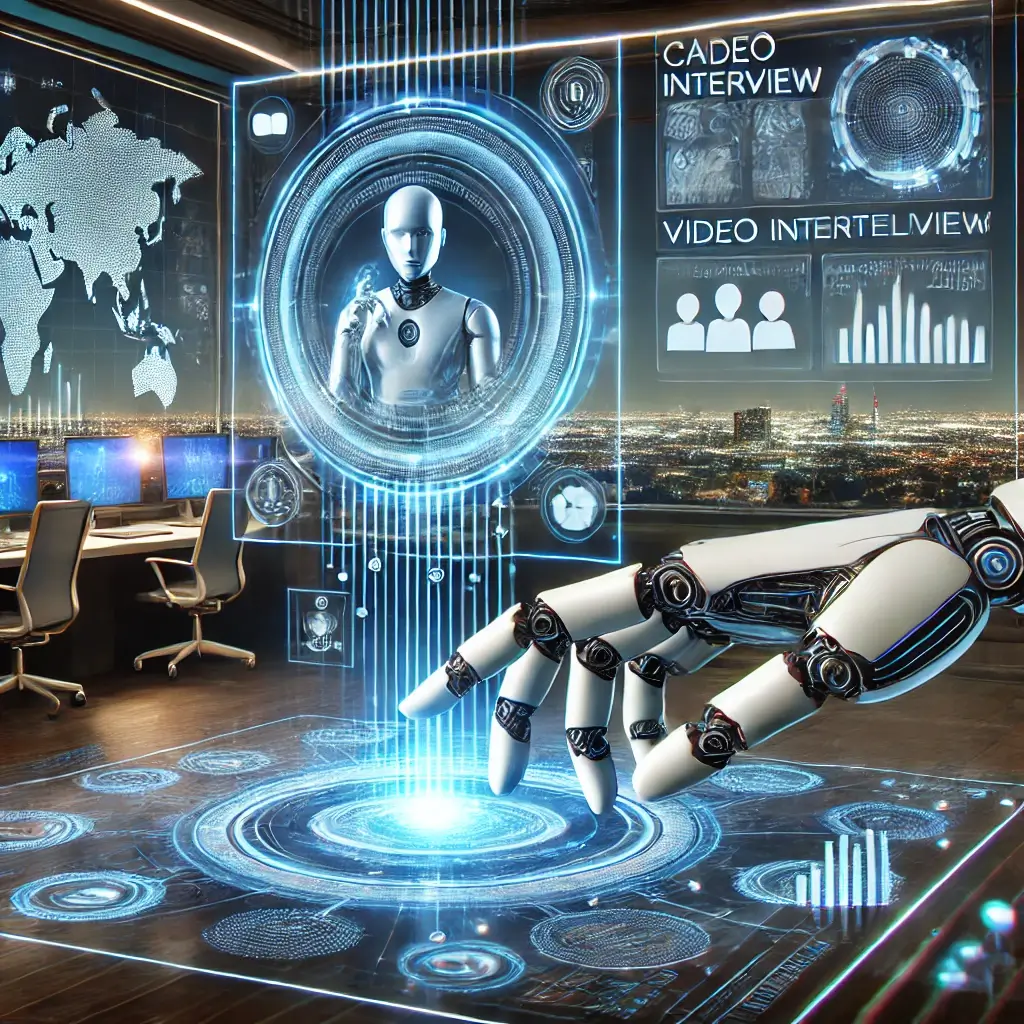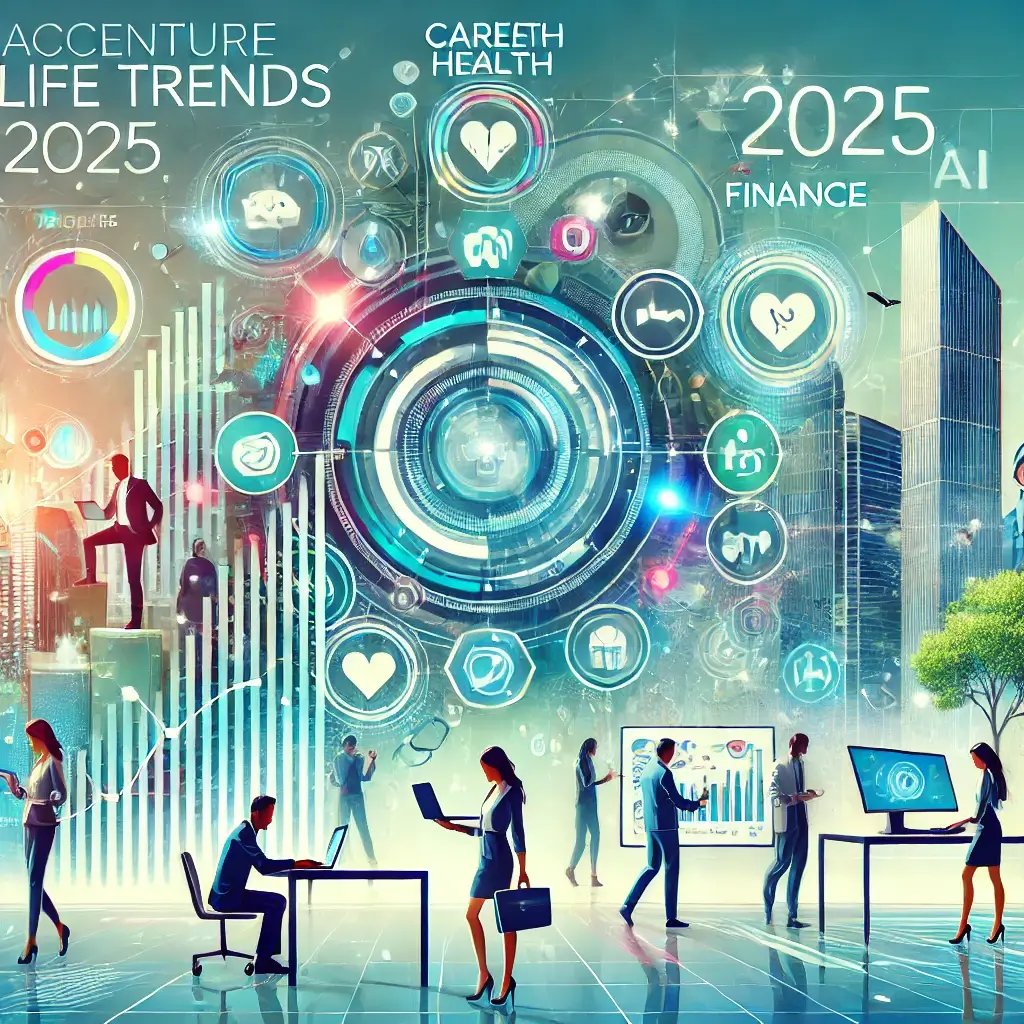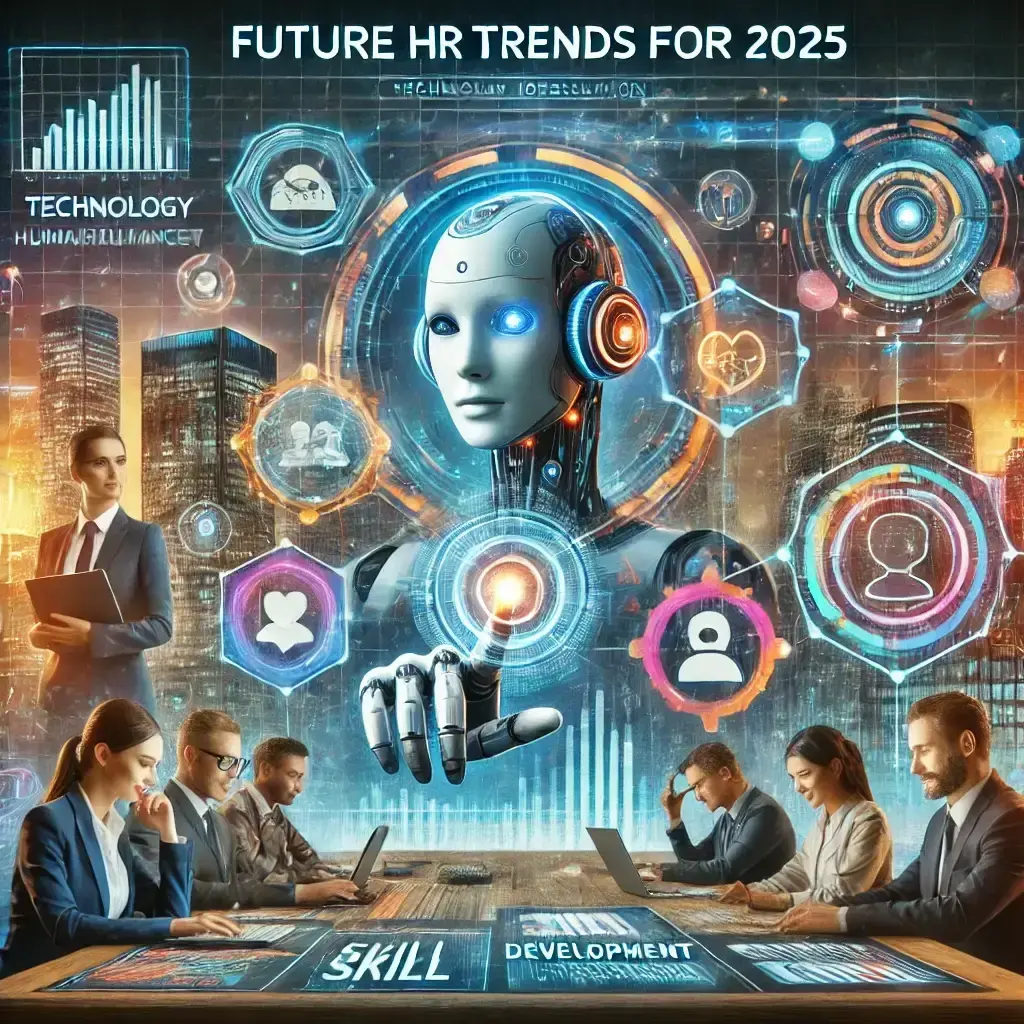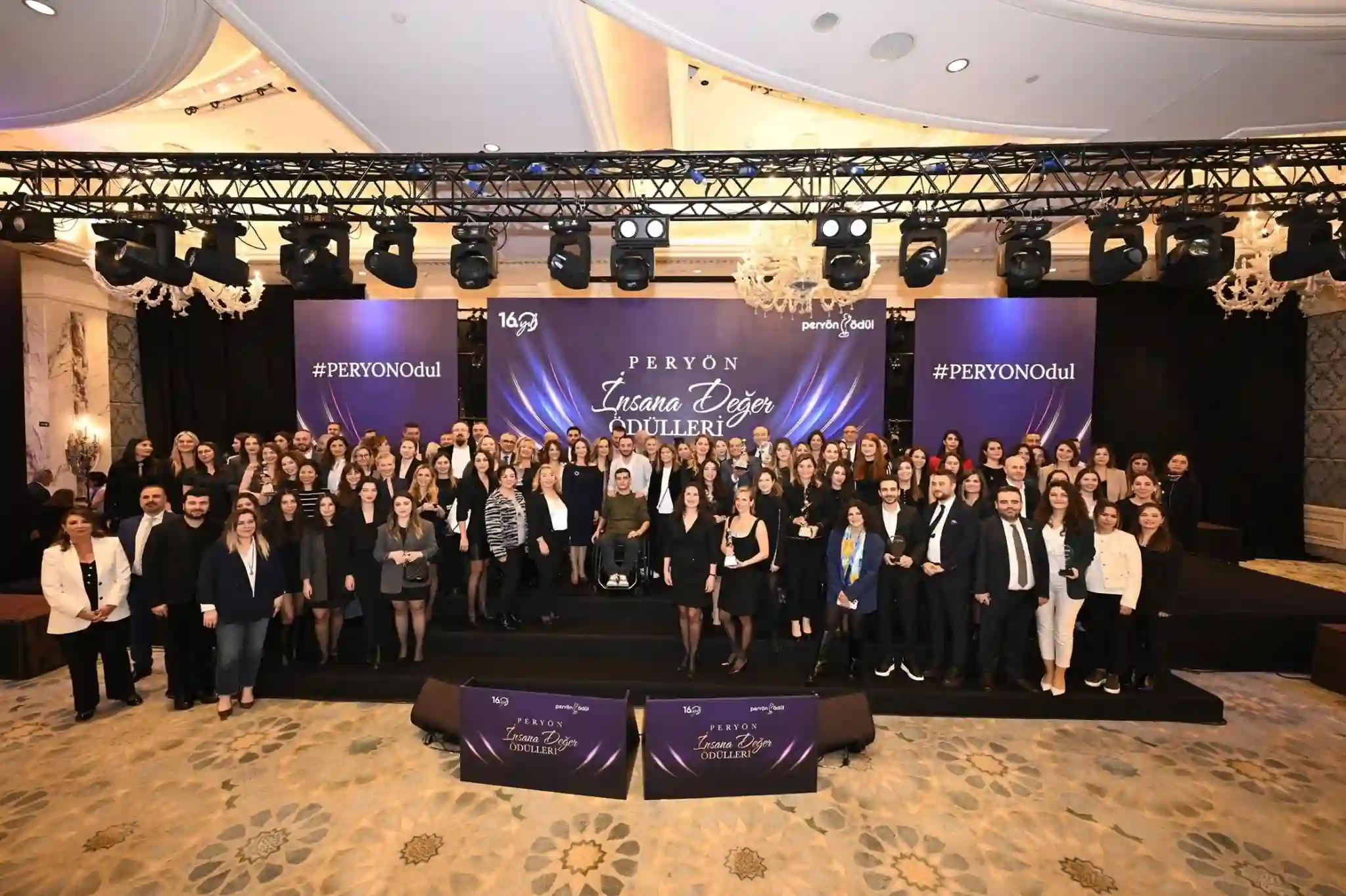AI-Powered Hiring Process for SMEs
An in-depth look at how AI helps SMEs hire faster and smarter with limited resources in recruitment and talent management.
hiringcycle.ai08.04.2025

A New Era in Recruitment Processes for SMEs: Is It Possible to Find the Right Candidate with Limited Resources?
For small and medium-sized enterprises (SMEs), finding the right talent often means more than just a human resource; it also implies time, energy, and financial resources. Yet, most of these businesses already operate with limited staff. The recruitment process is either handed over as an additional task to another department or is carried out by posting a job ad and hoping that suitable candidates appear "by chance" among the applications received.
So, is it possible to make this process more efficient, smarter, and faster?
The Most Common Recruitment Challenges Faced by SMEs
One of the most critical steps in the growth journey of small and medium-sized businesses is hiring the right employee. However, the challenges encountered in this process, conducted with limited resources, can lead to both time and cost losses.
- Lack of HR Specialists / Absence of a Professional to Manage the Process: It is estimated that only 18% of SMEs in Turkey have a full-time HR professional. In most SMEs, HR processes are delegated to operational managers or accounting departments. As a result, the process is carried out with a "good enough" mindset rather than with expertise. For example, in a scenario where a sales manager is responsible for recruitment, not having time to conduct interviews and delayed responses to applications may lead qualified candidates to pursue other opportunities, leaving the department understaffed.
- Time Constraints and Disorganization in Process Management: According to the 2022 SME Report by TÜRKONFED, 63% of SMEs state that the recruitment process "takes longer than expected." Recruitment is a multi-step process that requires attention. However, the time that SMEs can allocate to this process is limited. Writing job ads, reviewing applications, and organizing interviews are often postponed, which leads to personnel shortages.
- Inefficient Applications and Inability to Reach Suitable Candidates: Relying solely on job boards or social media is not always enough to reach the right candidates. 55% of SMEs that post job ads report that more than half of the applications they receive are not suitable for the position. When applications are not a good match, the chance of finding the right candidate decreases, resulting in disruptions in the workforce.
- Lack of Objective Evaluation: Recruitment decisions made without professional assessment criteria are often based on first impressions, personal biases, or "gut feelings." However, this is one of the biggest barriers to effective hiring. According to the European SME Report, 47% of companies that base hiring decisions on personal impressions return to the recruitment process within the first 6 months. In other words, the cost of a poor hire results in recruitment instability.
- Disorganized Management of Applications and Candidate Tracking: According to the Endeavor Insight Report, 70% of SMEs do not have an applicant tracking system (ATS); applications are tracked manually. Resumes are sometimes gathered via email, sometimes WhatsApp, and sometimes Instagram DMs. Candidate information is not kept in an organized manner, and it becomes nearly impossible to review past processes. Even with a small talent pool, this leads to inefficient processes.
How Do Next-Gen Technologies Provide Solutions to These Problems?
- Automated Evaluation with Artificial Intelligence: Candidates' resumes or responses can be objectively analyzed through algorithms. This makes it possible to find the right candidate even without an HR specialist.
- Time-Independent Pre-Screening: Video or written pre-interviews can be conducted without human intervention and summarized by the system. This allows managers to focus solely on the evaluation stage.
- Smart Job Ads and Filtering: Modern systems automatically generate job ads and publish them on the most suitable channels. Candidates are then automatically ranked based on predefined criteria.
- Running the Entire Process from a Single Platform: Tasks like application tracking, evaluation, communication, and archiving are no longer disorganized. Collecting all steps into a single panel boosts efficiency.
Conclusion: Smart Hiring with Limited Resources is Possible
Traditional recruitment processes no longer require large budgets or big teams. AI-based solutions can significantly enhance the HR capacity of SMEs. When steps from job posting to candidate evaluation are automated, even a small team can easily manage a large-scale recruitment process.
Platforms like hiringcycle.ai support SMEs in this transformation by strengthening their technological capabilities and making recruitment processes both fairer and faster.
Blog



